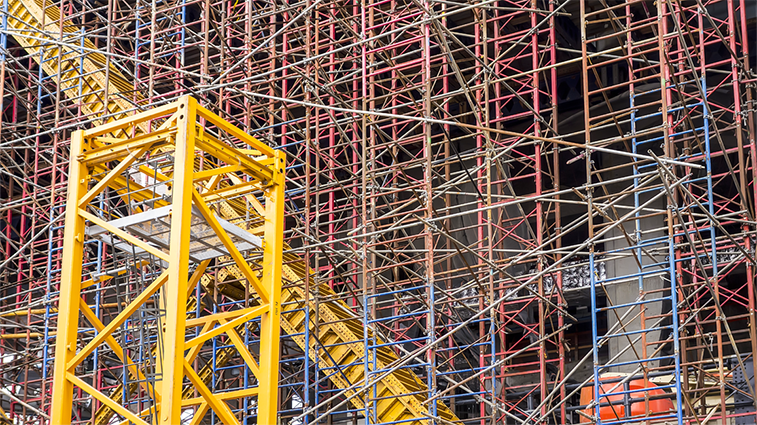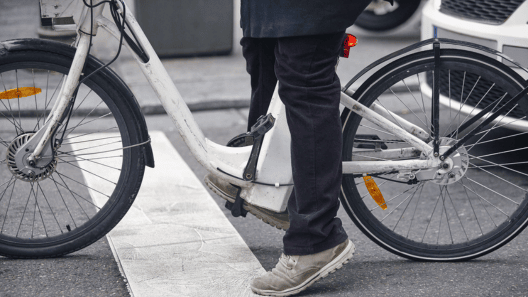
What is the Scaffold Law?
The Scaffold Law is a 1885 New York State Law the places liability on owners and contractors for injury stemming from the failure to provide scaffold safety protections required by building codes. In later years, the courts added the terms “strict” and “absolute” to liability, thus eliminating any ruling of shared liability between owner/contractor and injured worker. This is currently a hot button issue as owners, contractors and insurance companies feel scaffold related injury cases are a slam-dunk for the injured, who receive exorbitant settlements that in turn increase construction costs.
In today’s New York scaffolds are commonplace. Currently New York City has over 7,750 buildings with scaffolding or sidewalk sheds, which the DOB conveniently maps here. Regular façade inspections account for much of today’s scaffolding. However, many building owners use scaffolds as longer-term pedestrian protection in lieu of performing costly façade repairs.
A few safety measures will prevent most scaffold accidents. A compliant safety rail is integral in keeping workers from falling off scaffolding. Safety rails must rise 34-inches above the staging area, extend around the entire staging area and be safely secured. Scaffolds must have a weight bearing capacity of four times the intended load. Work on scaffolds must cease when winds exceed 30 miles per hour.
Workers on a scaffold are required to wear a safety harness, be secured to an individual lifeline and complete a scaffold safety training class. Contractors must provide a licensed rigger or supervisor on site wherever scaffolds are used. The full list of scaffold safeguards can be found in BC 3314.4.4.
Considering the absolute/strict liability of the scaffold law, contractors can ill-afford to cut corners on scaffold safety.
Need clarification on the scaffold law. Have a construction project that needs permit expediting? Contact Outsource Consultants here.








